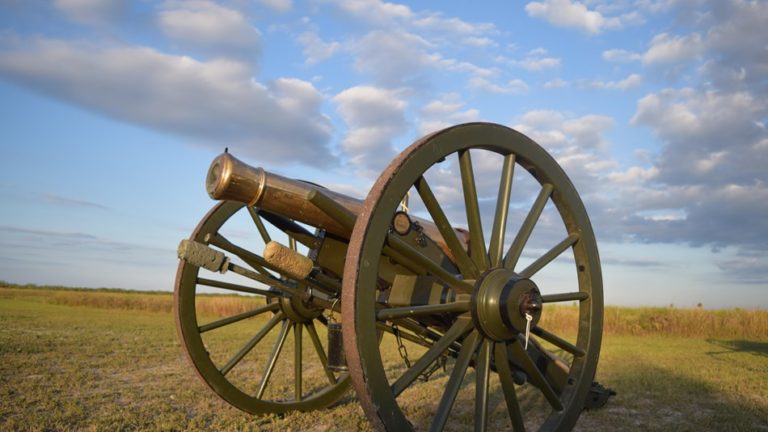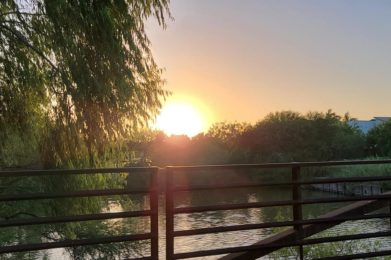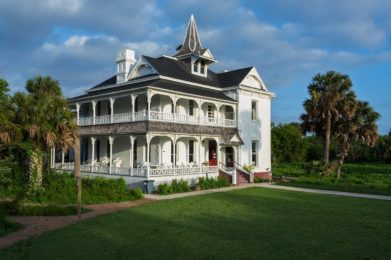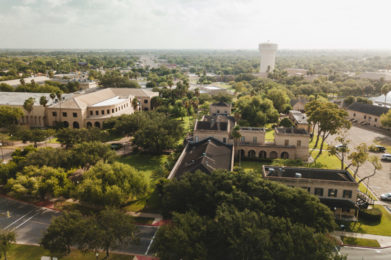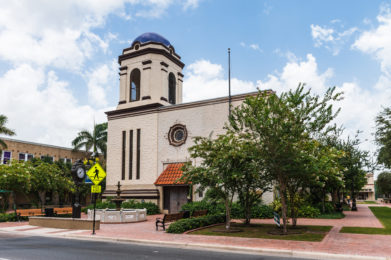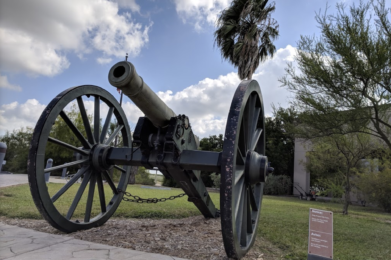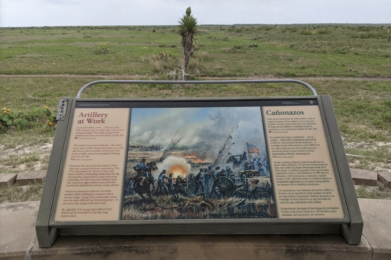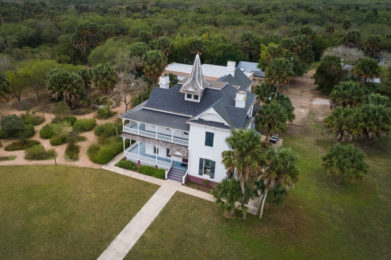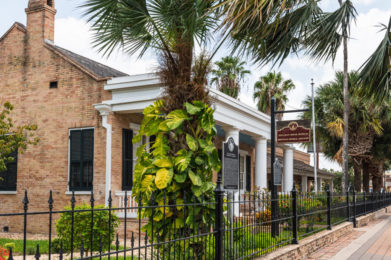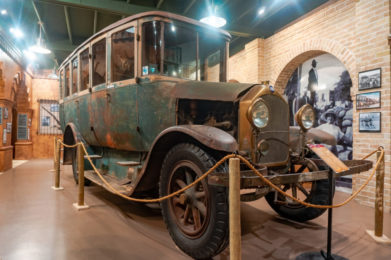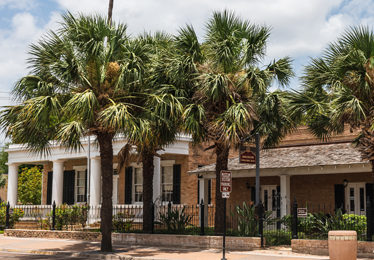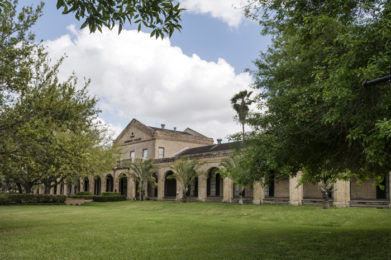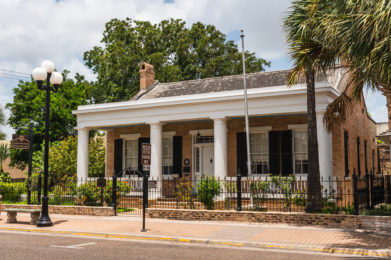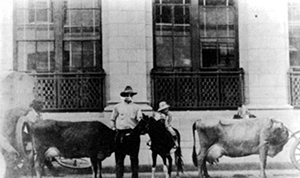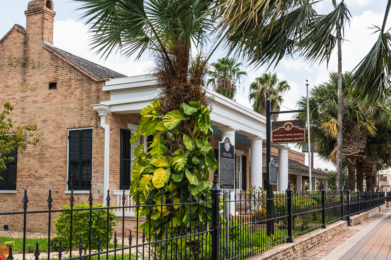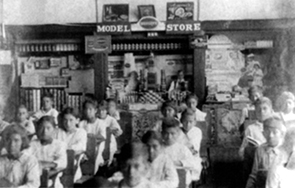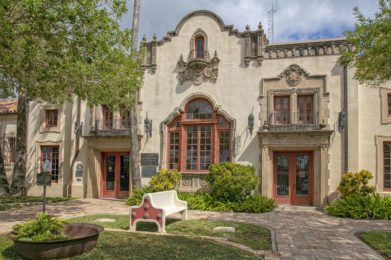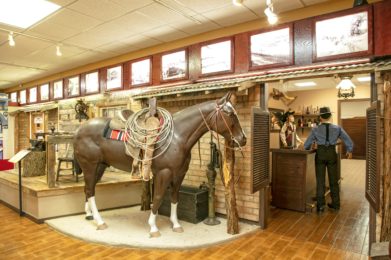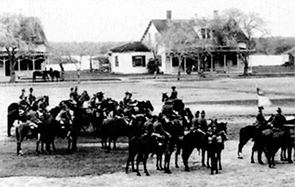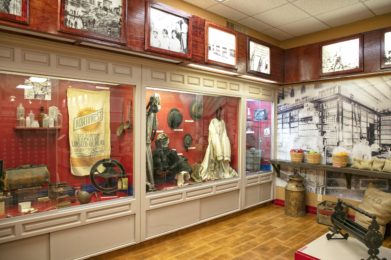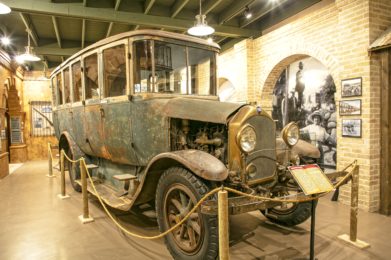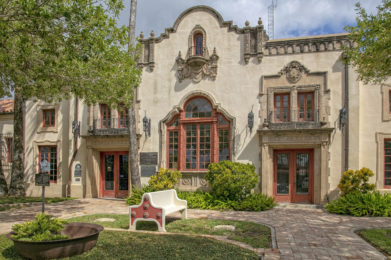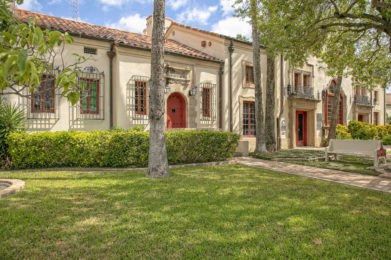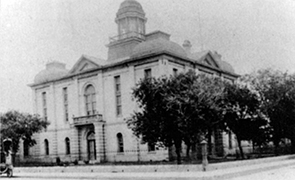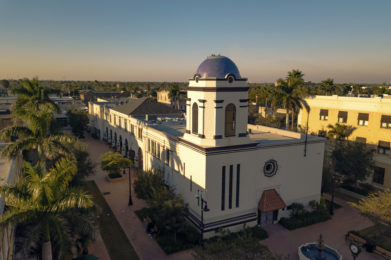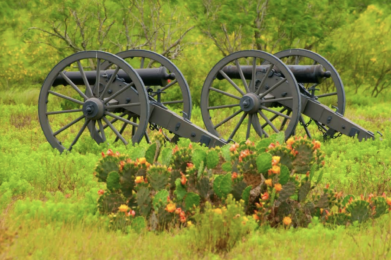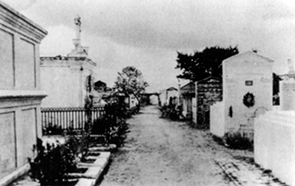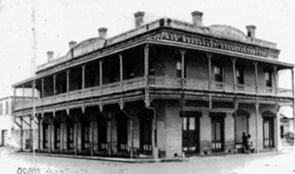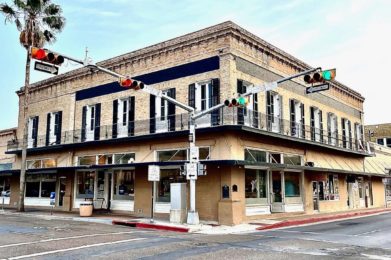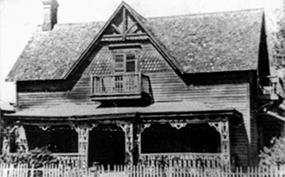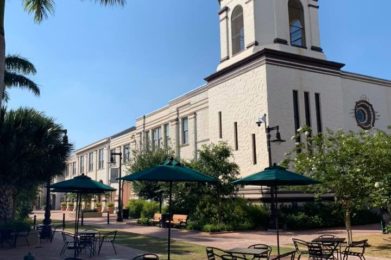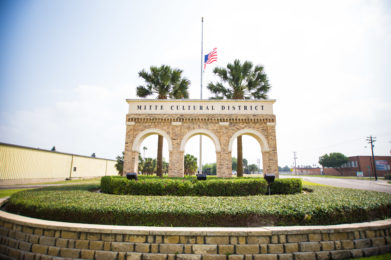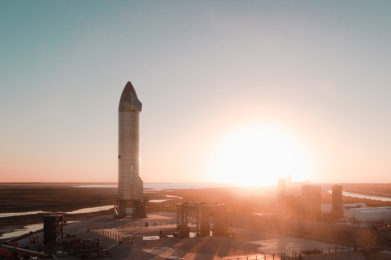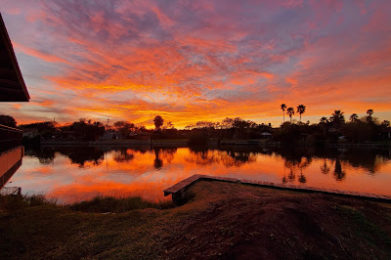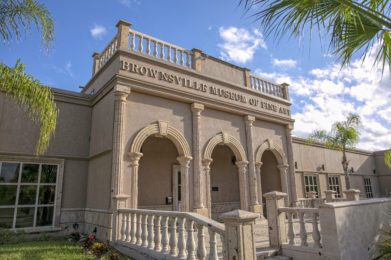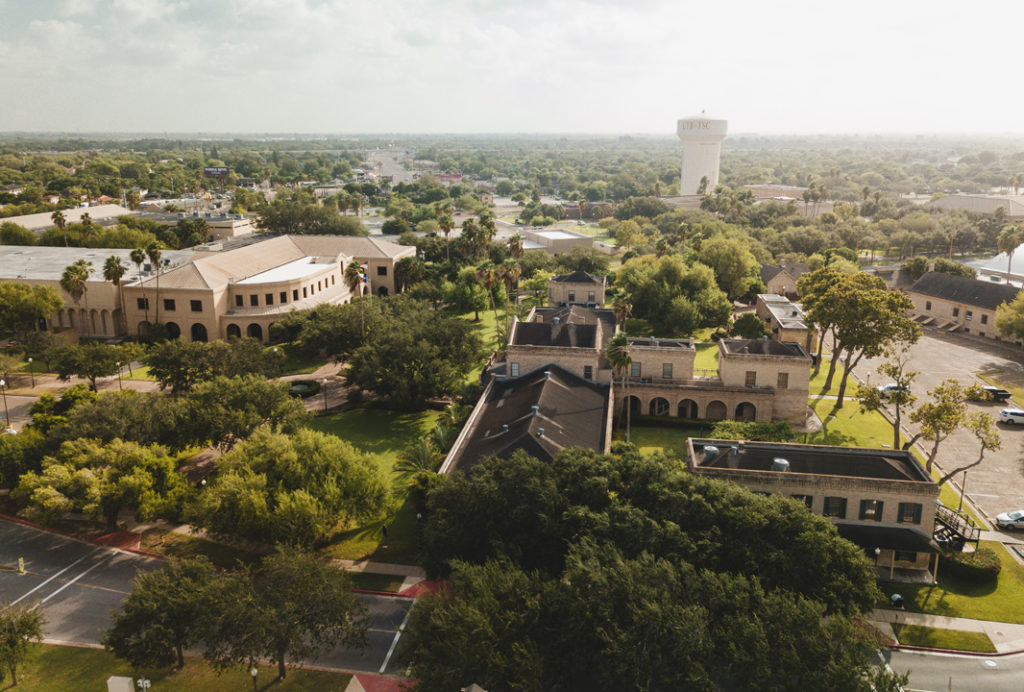We’re passionate about our culture, tradition, and innovation.
Brownsville's semi-tropical climate is recognized as one of the most delightful in the nation. The city has an average temperature of 74 degrees and an average rainfall of 25.55 inches. Average relative humidity is 75.25%. The comfortable year-round climate provides for an abundance of recreational fun and activities.
Residents regularly visit Matamoros and South Padre Island as both places are only minutes away. Brownsville's population is quickly approaching 200,000 and growing. Our sister city of Matamoros has a population in excess of 750,000. As the seat of Cameron County, we are a city rich in history and one of the fastest growing areas in the United States.
Visit Brownsville and join the conversation about why we love this city!
history
Our journey starts way back in 1848
Brownsville, with its year-round semi-tropical climate and beautiful resacas, has not always been the home of Space X and robust bi-national trade.
Prior to European settlement, the Lower Rio Grande Valley’s abundance supported Coahuiltecan, Lipan Apache and other nomadic tribes. Europeans arrived in the area in 1519. The first European families settled the area in 1746. Early European settlement centered in area that is now Matamoras.
Texans fought a war of independence from Mexico from October 1835 to April 1836, declaring independence on March 2, 1836. At the war’s conclusion, the border between Mexico and the Texas was the Nueces River, 150 miles north of where Brownsville would eventually be established.
Texas joined the United States on December 29, 1845, becoming the nation’s 28th state. Texas’ statehood did not lessen the nation’s desire for westward expansion. President Polk wanted to negotiate with Mexico a new border at the Rio Grande not the Nueces River. Mexico rebuffed Polk’s demands. In response, Polk ordered General Zackary Taylor’s army, located in Corpus Christi, to march on the Rio Grande Valley in January 1836. On May 8, 1846, United States troops fought Mexican forces at the Palo Alto Battle north of Brownsville in the first major engagement of the U.S.-Mexico War. The battle is interpreted at the Palo Alto Battlefield National Historic Park.
